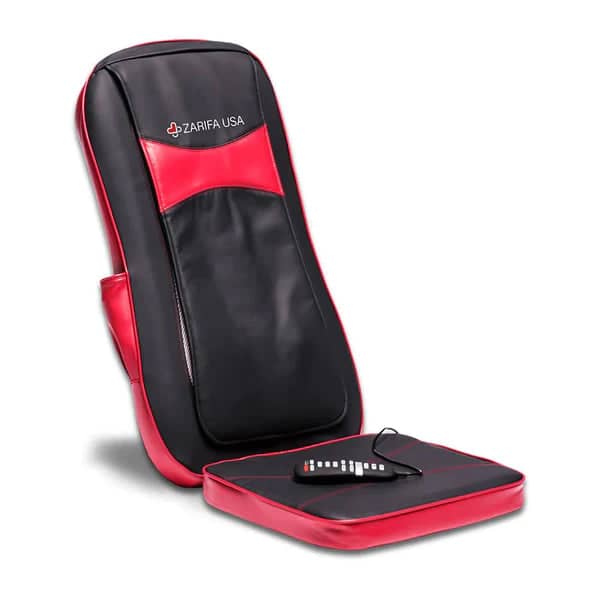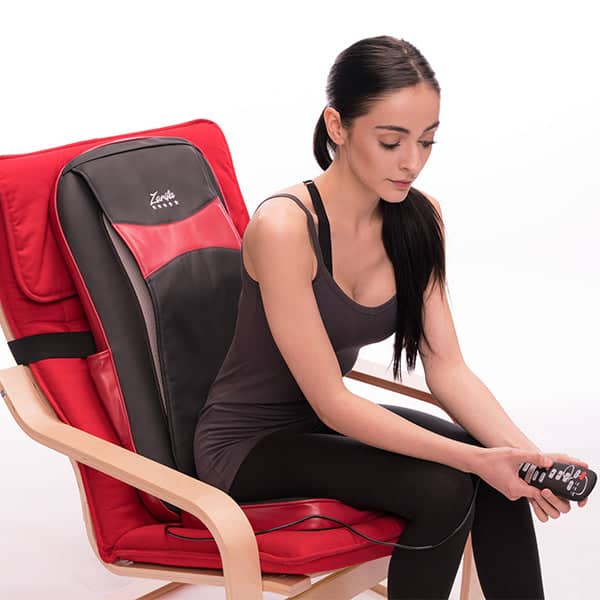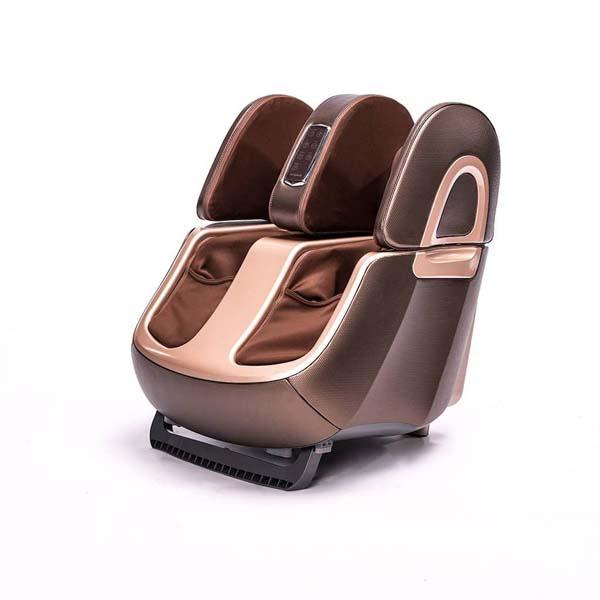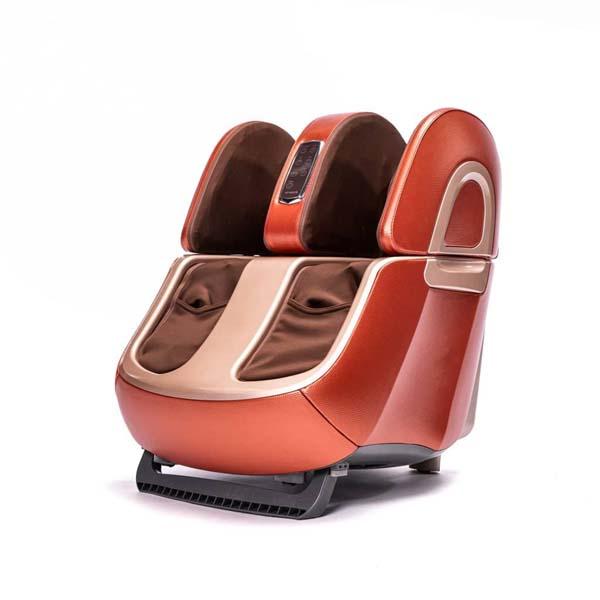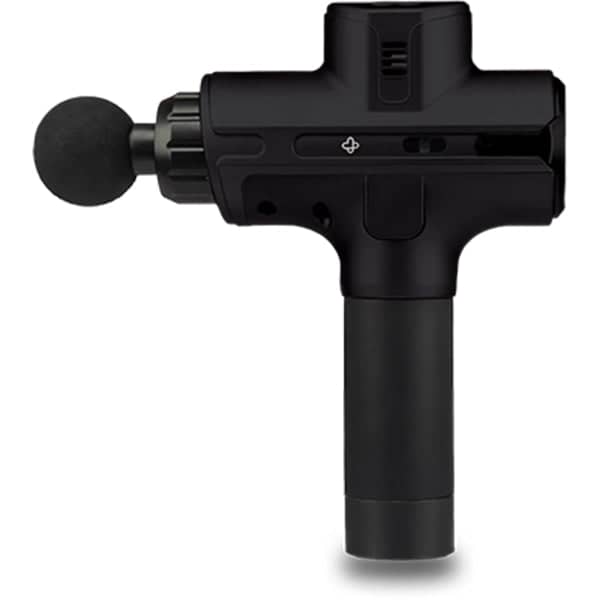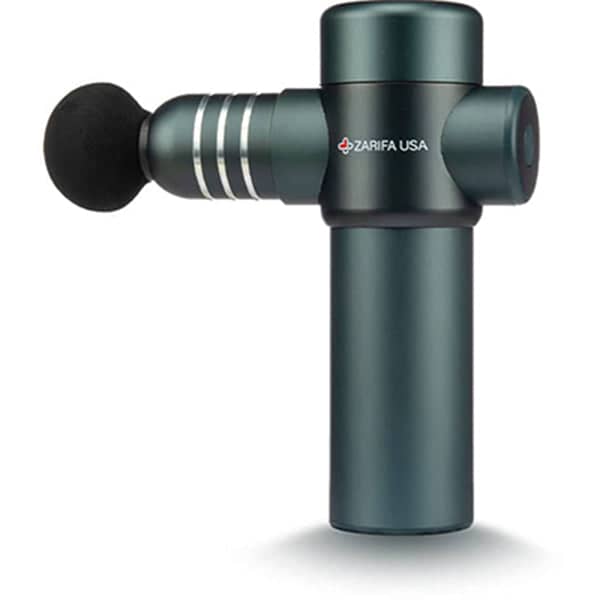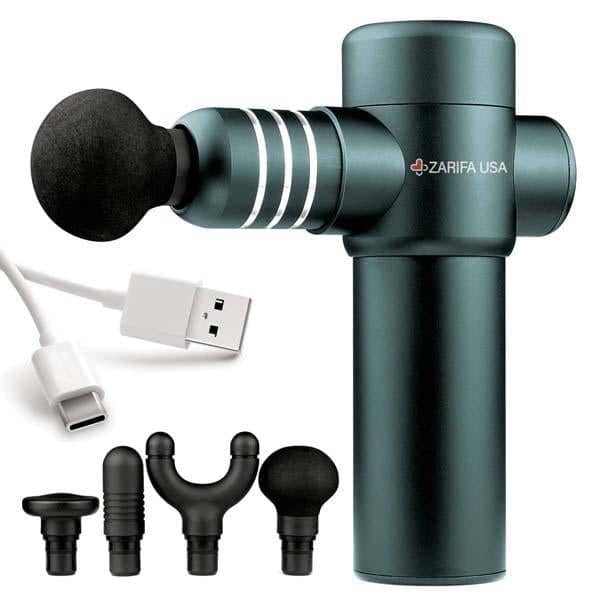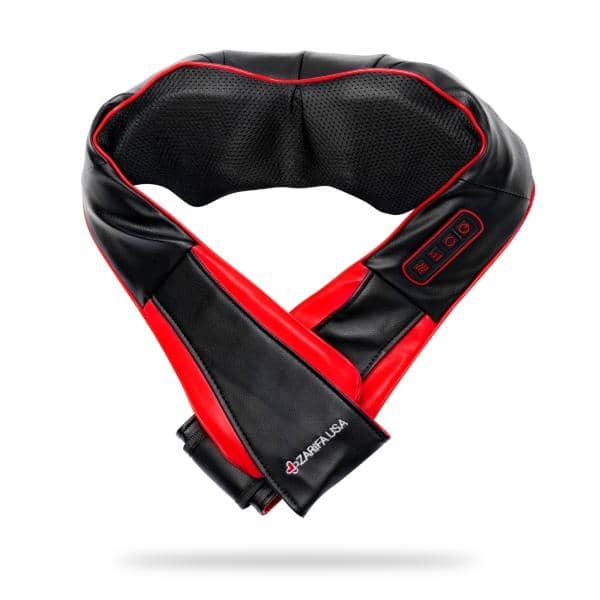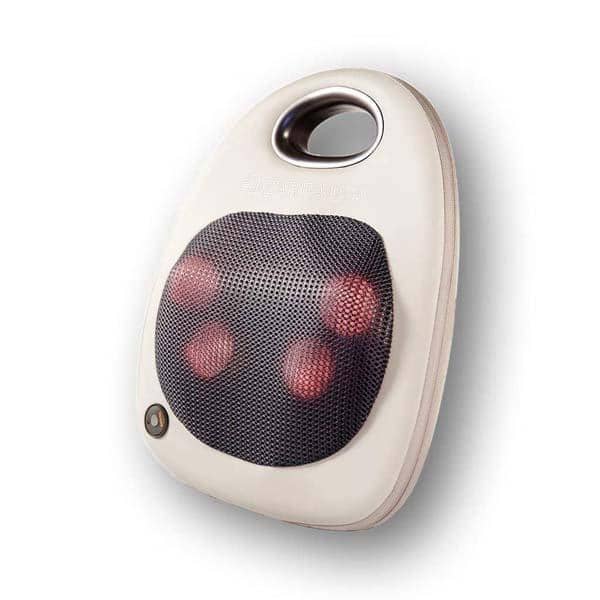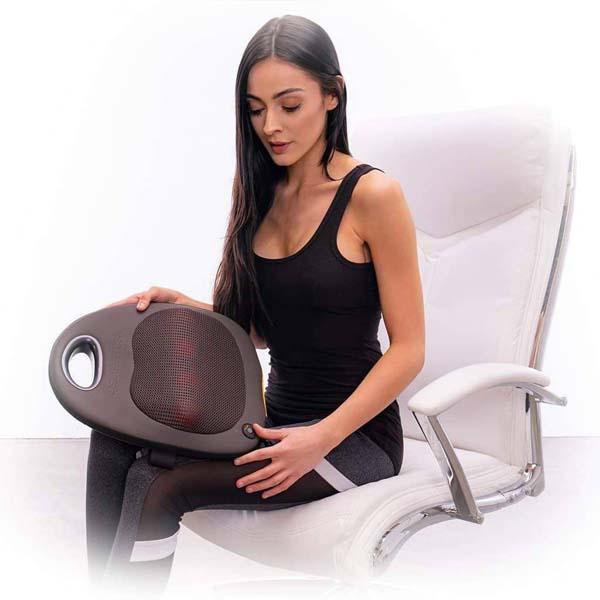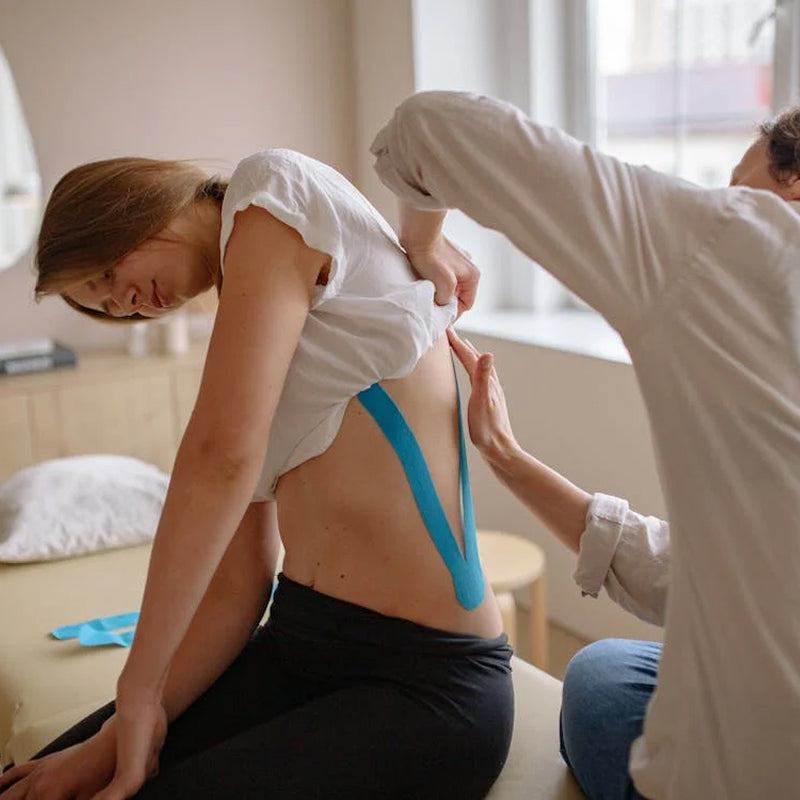You’ve probably heard of a TENS unit before or seen one at a medical office. These machines are a form of pain management that’s been around for decades. Many athletes swear by them, but it’s important to understand these devices before you purchase one for yourself.
This guide will walk you through what you need to know about TENS units, including who should avoid them, how they work, and how you should place the pads on your body.
What Is a TENS Unit?
A TENS unit is a device that sends electrical pulses to the area of your body on which you have placed the sticky pads. TENS stands for transcutaneous electrical nerve stimulation. These small, battery-powered machines are an excellent form of electrotherapy used for managing many forms of chronic and acute pain. The sticky pads (electrodes) administer mild electrical pulses to a particular area. Lead wires come from the unit and connect the electrodes to the device.
Engineers have also created a wireless TENS unit to eliminate any annoying wires and to ensure users don’t have to worry about mixing up the leads. Wireless units are becoming more and more popular in the community.
The Parts of a TENS Unit
There are a few working parts of a TENS unit. These machines are fairly simple to understand, even without a medical background. Each unit will feature the TENS pad, which controls the device, and the electrodes.
The pad will control the impulse intensity, session length, and rhythm. It gives you complete control over your experience. The electrodes can be wireless or wired, depending on which system type you choose. You place these sticky pads on the area you’d like to work on, then let the device do the work. The most common placement areas include elbows, knees, neck, shoulders, lower back, abdomen, and legs.
Pro Placement Tip
Remember to place the electrodes on your muscles and not your bones. You want to stimulate blood flow to the muscles to help loosen them up and remove pain.
Theories About Why TENS Units Work
There are several scientific theories as to why these devices work.
Endorphin Production Therapy
Endorphins are the feel-good hormone, one of your body’s natural chemicals known as neurotransmitters. These chemicals do more than improve your mood and help make you happy. Endorphins naturally reduce the amount of pain we feel in our bodies or let us know when we’re in a stressful situation.
Our body releases endorphins during times of pleasure, exercise, and enjoyment. This theory suggests that the TENS unit helps our bodies produce the endorphin hormone and reduce pain. This has the same effect as medicinal drugs without worrying about dangerous side effects or the risk of dependence. Therefore, your body will feel less pain and be happier after you use the device.
Gate Control Theory
Before we dive into the gate control theory, let’s discover how pain works. Pain is your body’s warning system to tell you something is wrong. The injury location signals your spine that you’ve experienced a broken bone, sprain, or cut. The signal travels from the spine to the brain to decode the feeling of pain.
Patrick Wall and Ronald Melzack created the gate control theory when the first TENS unit was developed in 1965. The idea explores how our nerves recognize pain and how touch obstructs perception. The pain signals pass through several “gates” as they travel from the central nervous system to the spinal cord to the brain.
The combination of small and large fibers creates these gates. Small fibers are pain fibers, and large fibers are for skin senses, such as pressure and touch. They can either hinder the pain signals as they travel or allow them to pass through the nervous system.
When your body feels more small fiber pain than large fiber pain, the pain gate opens, allowing the signal to travel to the brain and become decoded. The more pain signals that pass through, the more pain you will feel. The opposite is true when large fiber activity is present. In this instance, the pain gate will closed, and the pain nerves won’t be allowed to pass through. That means no pain!
This theory explains why people sometimes shake or rub the area where an injury occurs. Shaking and rubbing the injury site produces more large fiber activity, diminishing small fiber activity and decreasing the pain sensation.
TENS Units Help Certain Conditions
Since these devices help treat and reduce pain, they can viably treat various conditions that cause chronic pain. Some of these conditions include:
- Injuries
- Menstrual cramps and pain
- Fibromyalgia
- Chronic muscle pain
- Osteoarthritis
- Endometriosis
- Diabetic neuropathy
Always consult your primary care physician before beginning any treatment with the TENS unit. Adding a session with the device to your wellness regimen is a fantastic way to receive pain relief.
TENS Units Aren’t for Everyone
These machines are safe for almost everyone to use. A person will typically endure little to no side effects after using the device. It’s important to know that there are specific groups that should avoid using a TENS unit.
For instance, individuals with pacemakers should never use a TENS unit. The electrical pulses from the unit could interfere with the pacemaker. Individuals with epilepsy should also avoid using a TENS unit. Seizures occur when the brain produces an unusual surge of electrical energy, and this device could trigger an episode. Placing the electrodes on the shoulders, head, and neck increase the chances of an epileptic episode, which is why it’s best not to use the machine if you have epilepsy.
Avoid using the device when you’re in the early stages of pregnancy. While a TENS unit can successfully reduce labor pain, using the machine could induce involuntary uterine contractions that could lead to premature labor.
Never place the electrodes on damaged skin, like an open wound or rash. You’ll end up increasing the pain and further damaging the tissue.
There are various types and sizes of TENS units on the market. Refer to the above guide after you purchase your TENS machine to ensure a pleasant and satisfying experience. Zarifa has an excellent collection of TENS and EMS units available for sale. Our machines are highly rated and will help you heal. Feel free to take a look at the different devices we offer to find the one perfect for you.



